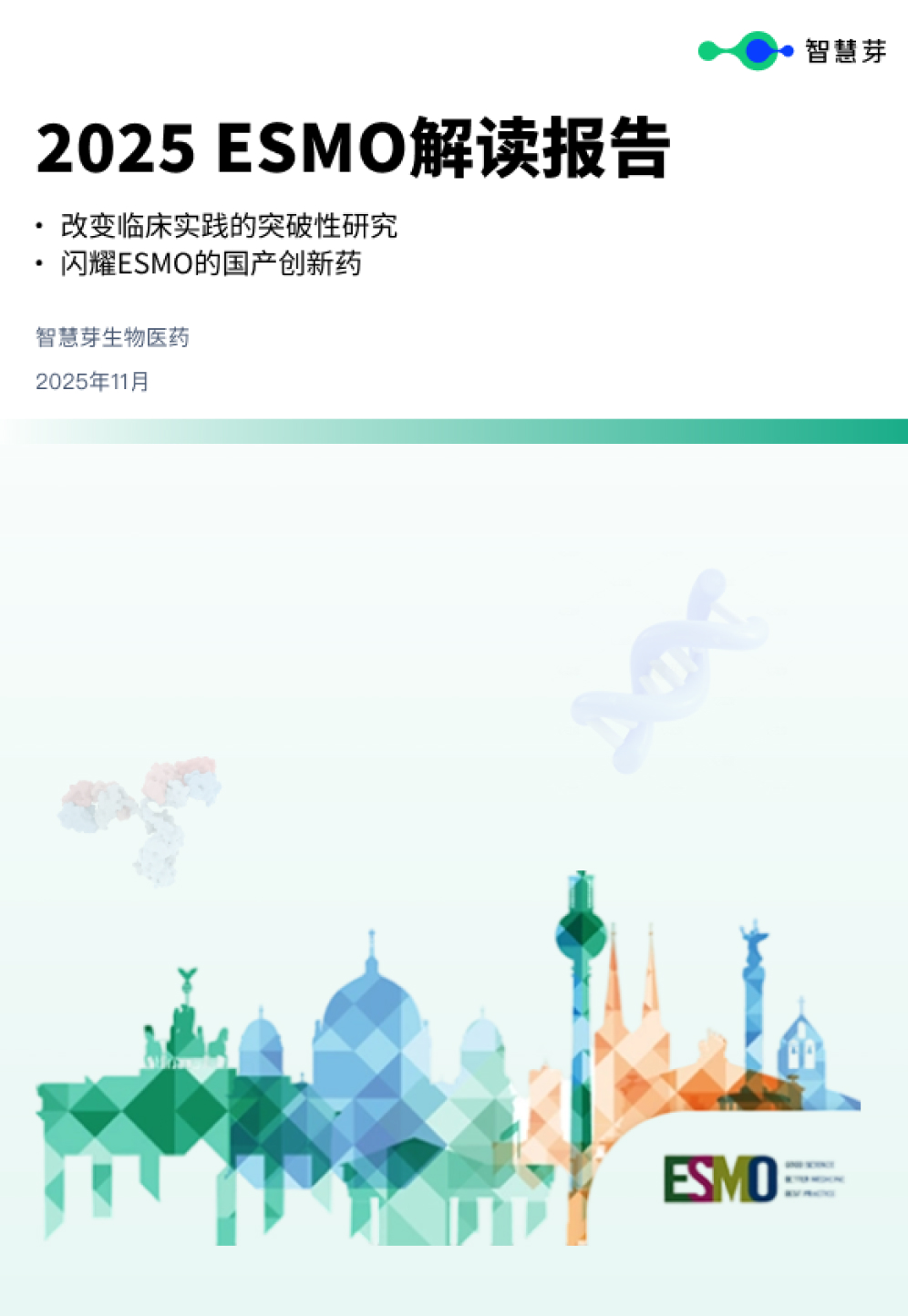预约演示
Genetic cause of low birth weight among children conceived after fertility treatment
2024-02-12
A medical researcher has identified a genetic cause for the increased risk of low birth weight in babies born following assisted reproductive technologies such as IVF.
VUB professor Claudia Spits, of the Reproduction and Genetics research group, has identified a genetic cause for the increased risk of low birth weight in babies born following assisted reproductive technologies such as IVF. "Previous studies have identified treatment-related causes for low birth weight, but this is the first time we have been able to identify an underlying genetic factor," says Professor Spits. She organised a large-scale study with Brussels IVF (the centre for reproductive medicine at UZ Brussel), the centre for medical genetics (CMG) at UZ Brussel and Maastricht University Medical Centre (UMC).
Initially, she studied the DNA of babies born both from spontaneous pregnancies and after fertility treatment. She found that in both groups, a greater risk of low birth weight was associated with certain mutations in mitochondrial DNA, and that these mutations were slightly more common in children born after fertility treatment. Mitochondria are the "energy factories" in the cell that are inherited through the mother. If they do not function properly, as they develop, they can cause a variety of health problems such as cardiovascular disease and diabetes.
To determine whether these mutations are transmitted from mother to child, the researchers also studied the DNA of the mothers. Analysis showed that children born after fertility treatment have more new, non-transmitted mutations than babies conceived without assistance.
As a final step, the group studied oocytes obtained through hormonal stimulation and through natural cycle, to determine whether hormonal stimulation was harmful. The mitochondrial mutations did not necessarily appear to be caused by hormonal stimulation. "In particular, a combination of age-related factors in conjunction with hormonal stimulation can lead to a higher risk of abnormal oocytes," says Spits.
"The risk of mutations in the oocyte's mitochondrial DNA increases with age. During a normal cycle, mechanisms exist to remove mutated oocytes and select only healthy cells. However, with hormonal stimulation to boost oocyte production, this mechanism is switched off and mutated oocytes are released."
Spits' team will conduct further studies, but these insights can be immediately implemented in assisted reproductive technology (ART) treatments to limit the risk of oocytes with mutagenic mitochondria. "It appears that the larger the number of oocytes obtained after hormonal stimulation, the higher the chance of mutations. In the future, we can pay more attention to achieving a proper balance between an adequate oocyte yield and minimizing the risk of mutations." Spits concludes.
更多内容,请访问原始网站
文中所述内容并不反映新药情报库及其所属公司任何意见及观点,如有版权侵扰或错误之处,请及时联系我们,我们会在24小时内配合处理。
靶点
-药物
-生物医药百科问答
全新生物医药AI Agent 覆盖科研全链路,让突破性发现快人一步
立即开始免费试用!
智慧芽新药情报库是智慧芽专为生命科学人士构建的基于AI的创新药情报平台,助您全方位提升您的研发与决策效率。
立即开始数据试用!
智慧芽新药库数据也通过智慧芽数据服务平台,以API或者数据包形式对外开放,助您更加充分利用智慧芽新药情报信息。




